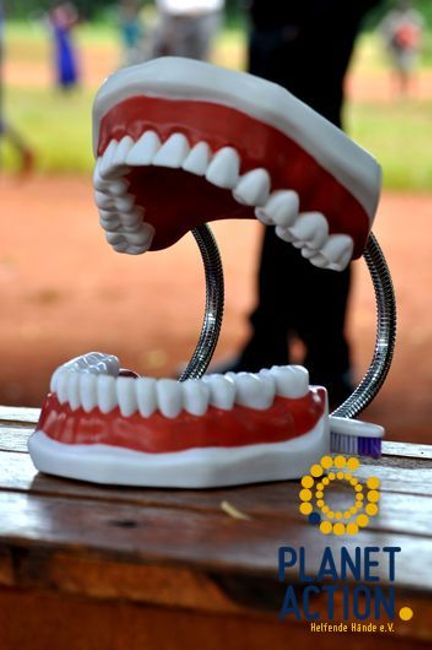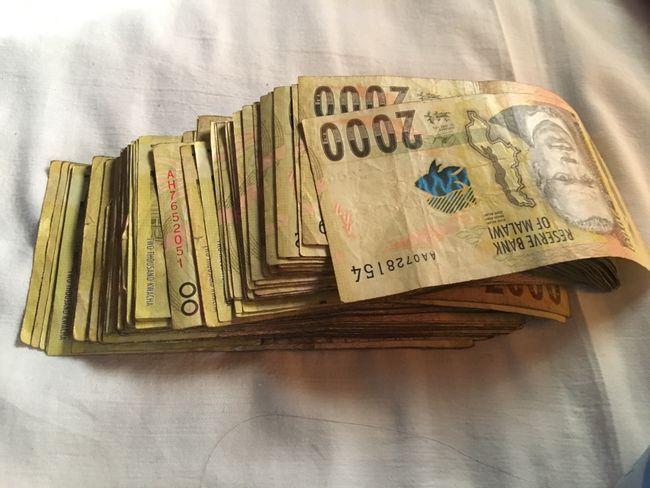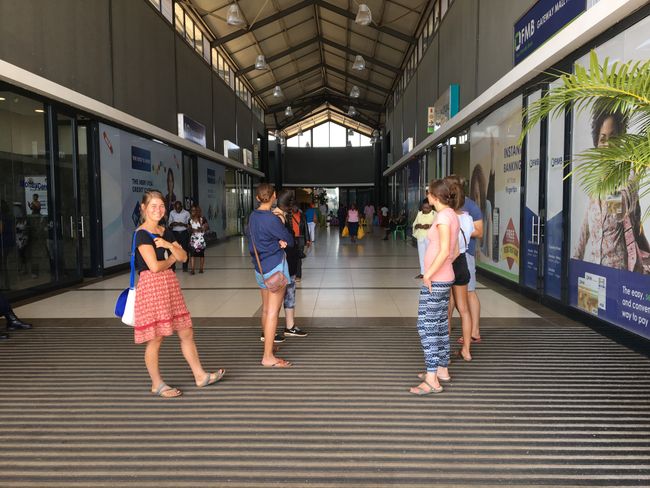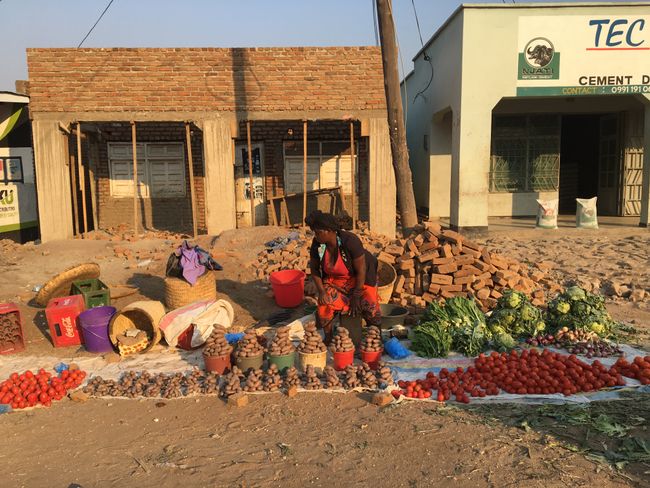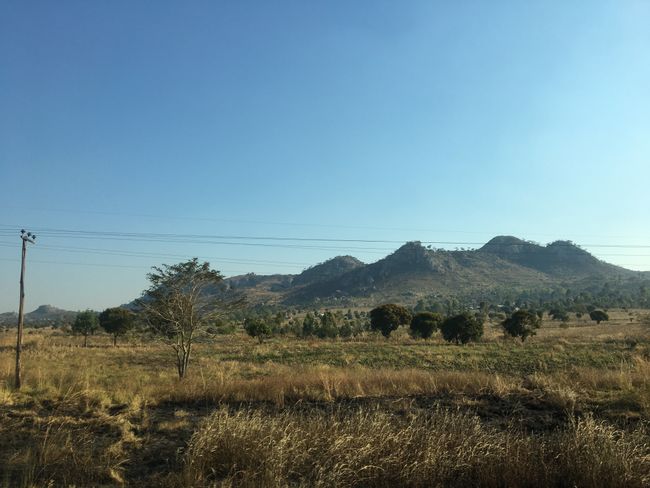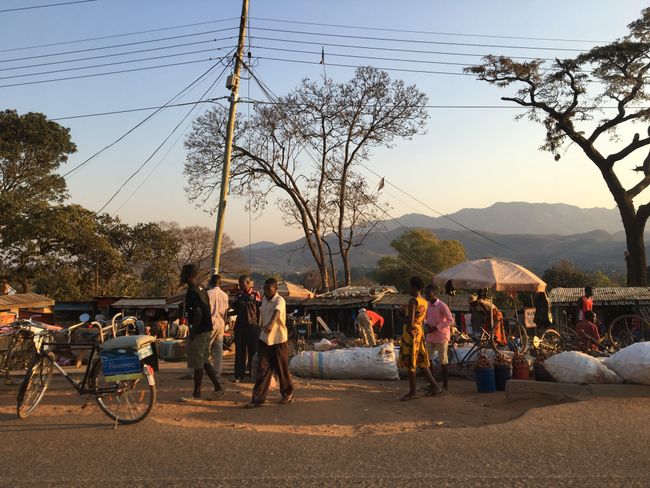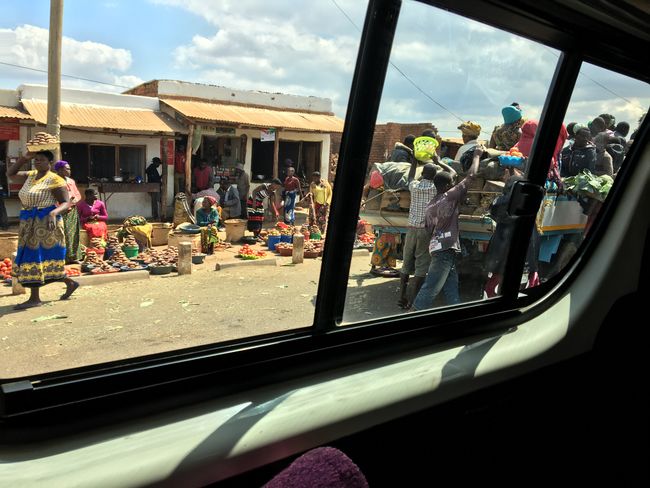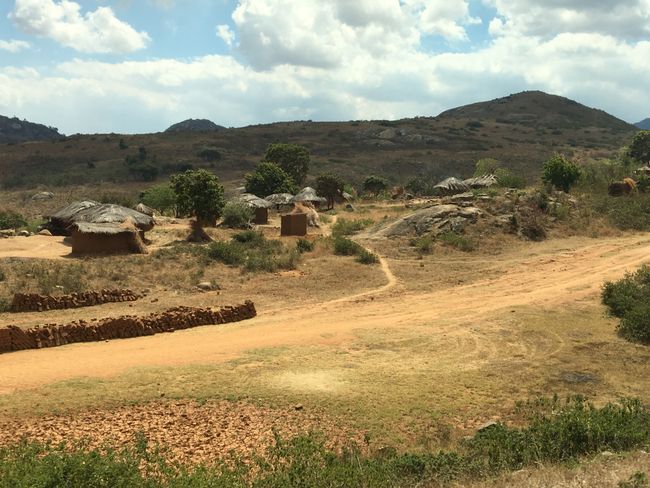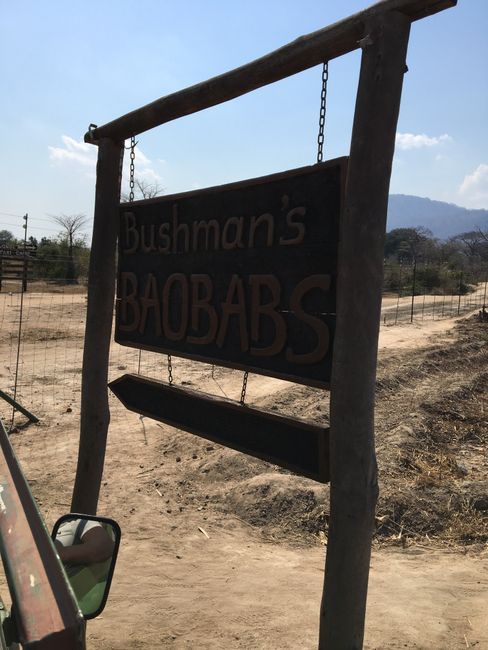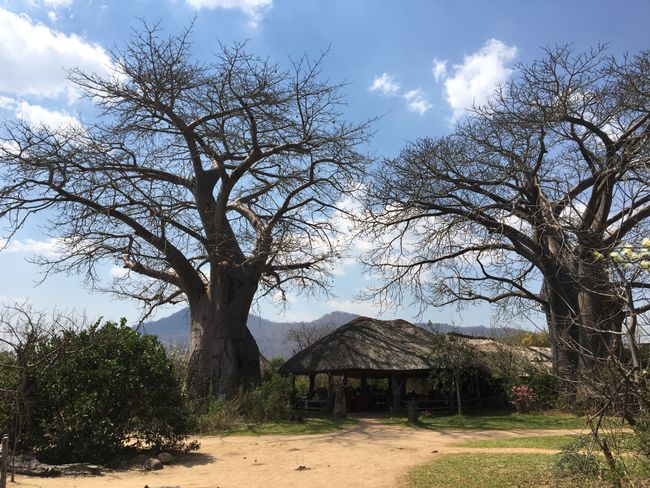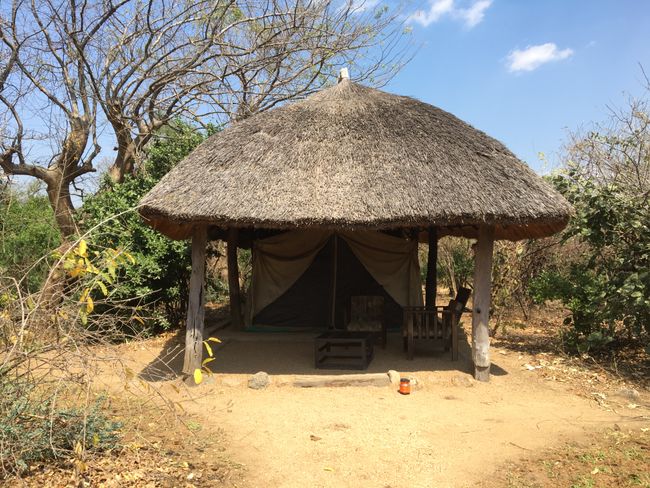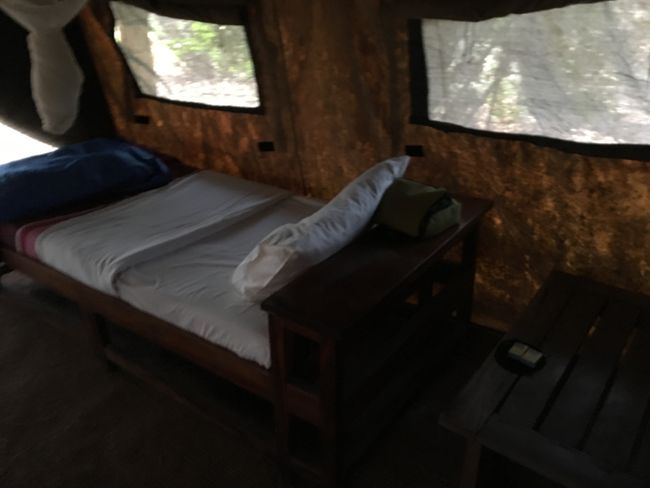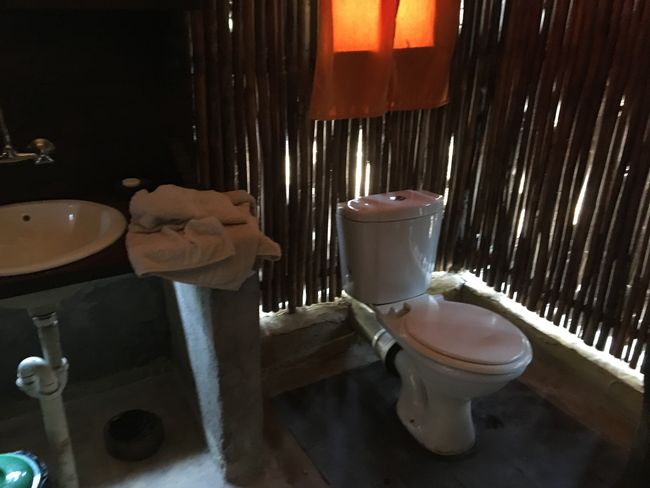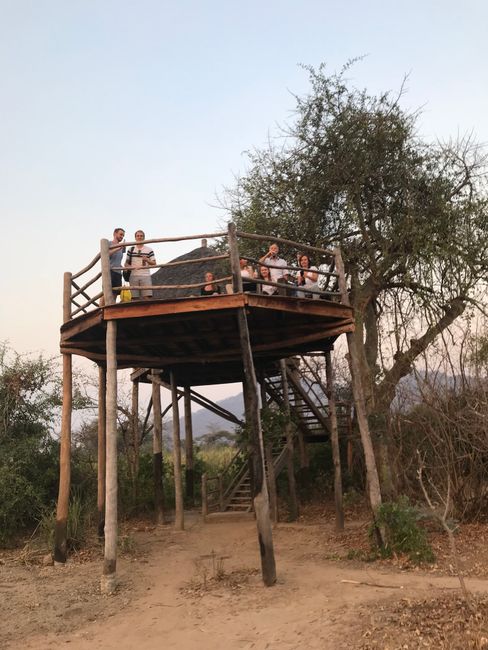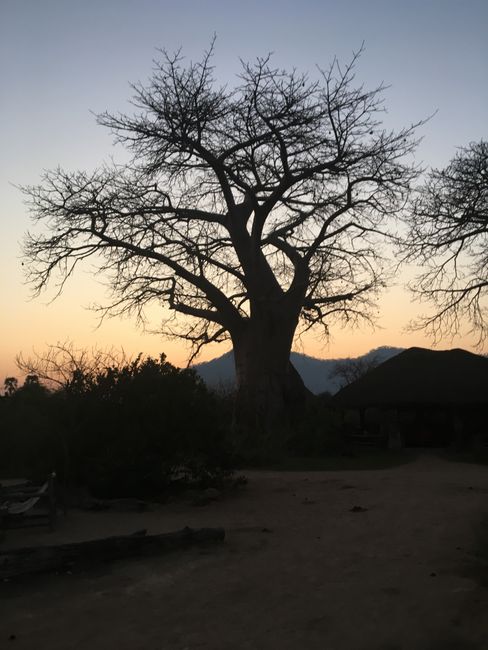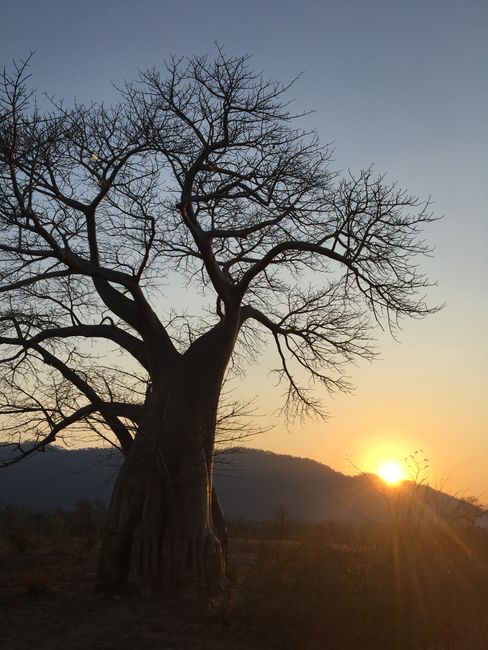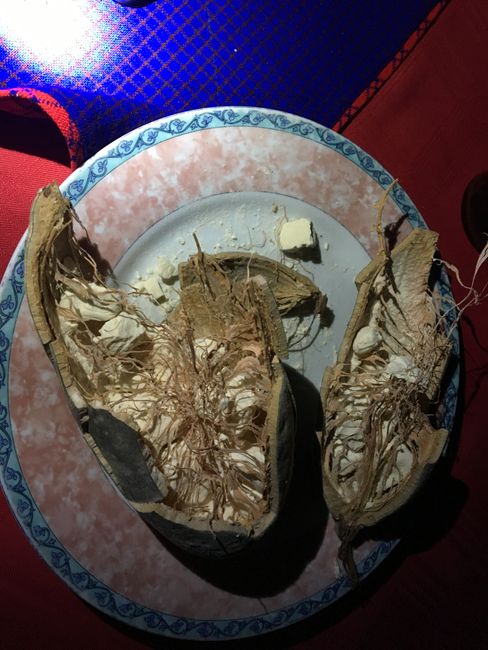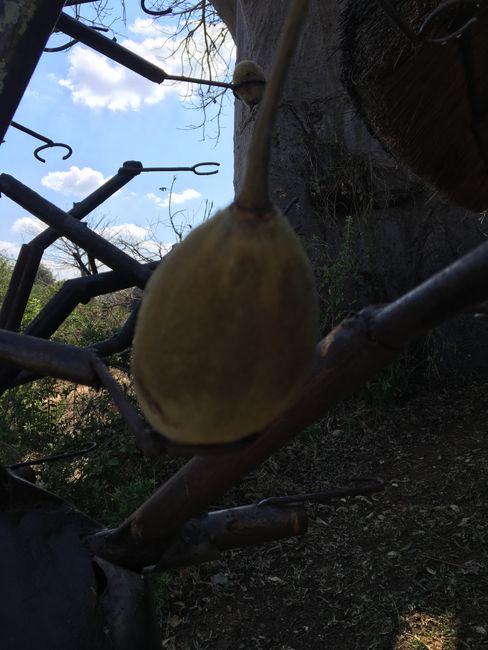13th day Friday
Нийтэлсэн: 19.08.2018
Мэдээллийн товхимолд бүртгүүлнэ үү
[ Had written this post already, but somehow lost it 😬]
On Friday afternoon, after a busy morning, the nine of us (our team plus Ludwig, the surgeon; Katrin, the pediatrician; and Marina, the midwife) set off in our minibus with our driver Kapusa towards Liwonde National Park.
We had booked a lodge there. Unfortunately, everything had to be paid in cash (dollars, euros, or kwachas). So we had to get cash. We stopped at a mall in the capital city of Lilongwe on the way. Surprisingly, it was very modern, with American advertisements everywhere.
The largest banknote here is 2000 kwacha (= 2.4 euros). Also, the withdrawal limit at ATMs is usually 80-120,000 kwacha (approximately 145 euros). After withdrawing money twice in a row, the ATM was empty (which is normal here).
So we had to find another one. Luckily, there were several. We continued on with a huge stack of bills.
The route went through the mountains. The typical scene on the side of the road:
Small settlements of mud brick huts with thatched or corrugated iron roofs (by the way, they make all the bricks themselves from mud and water), many smaller groups of people sitting around, waving and playing children, women washing, women scooping water from wells, small street stalls mostly selling tomatoes or potatoes, many pedestrians on the roadside or on the road, many cyclists, some of them heavily loaded with sacks - at the mini-bus stops, suddenly a lot of people and hustle and bustle with loud music and many stalls and beaches.
What impresses me the most are the women who usually carry a child on their back and at the same time carry baskets or buckets on their heads. I would not want to live here as a woman!! They do most of the work like washing, cooking, fetching water, and selling vegetables. And they usually have at least 6 children. Contraception is unaffordable here. The men can be seen building houses and at the market stalls.
On the way, we also saw irrigated areas with the cultivation of potatoes, lettuce, and ?????
The journey took 4 hours. Unfortunately, we ended up driving in the dark because the sun sets here at 5:45 pm.
Driving in the dark is dangerous and usually prohibited for foreigners. There are countless pedestrians and cyclists without lights on the side of the road or on the road!! We even overtook a truck without any rear lights.
After getting lost twice, we finally found the right exit and the remaining 5 kilometers were on gravel road to the lodge. The lodge is already located in the national park. At the entrance gate, a guide joined us on the bus in case there were any elephants blocking the way.
This time, I treated myself to a single tent with a bathroom.
The whole lodge consisted of tents or open buildings grouped together. There was also a small pool and a viewing platform.
The centerpiece of the lodge is 2 large baobab trees. These distinctive large trees with thick trunks are found in many parts of Africa and Madagascar. Their fruits are the size of a fist and have white, dry, almost dusty flesh.
Мэдээллийн товхимолд бүртгүүлнэ үү
Хариулт

